Key Debates at the Constitutional Convention
On May 29, 1787, Edmund Randolph, Governor of Virginia, rose and introduced fifteen resolutions to the Federal Convention. Known to history as the Virginia Resolves or the Virginia Plan, Randolph’s proposal, which was probably drafted by James Madison, was an outline for an entirely new national government. It called for a national executive, a two-house national legislature, and a national judiciary. This innovative leap into the political unknown surprised many delegates but it provided a useful basis for discussion. Throughout the long, hot Philadelphia summer each resolve was debated and redebated but eventually the Constitution was carved from Randolph’s initial proposal.
The most contentious of the Resolves declared that representation in the national congress would be based on wealth (as reflected in the taxes it paid) or the state’s non-slave population. This raised both eyebrows and tempers as it was a concept that greatly favored large states like Virginia. In contrast, the Articles of Confederation allotted the same representation to each state, regardless of its size or wealth.
Smaller states argued that the three largest, Virginia, Massachusetts, and Pennsylvania, if they pooled their votes, could dominate the other ten. Rather than submit to a concept that reduced their power, delegates from the smaller states declared they would continue to take their chances with the existing Articles.
On June 11, following two weeks of debate with no resolution, Roger Sherman offered an amendment that the House be based on proportional representation and the Senate be equal with two Senators for all states. This compromise raised a howl from the large states, especially James Madison from Virginia, and it failed by a six to five vote but would be heard from again.
Four days later, William Patterson from New Jersey laid before the convention what was to be called the New Jersey Plan. Its essence was to protect the rights of small states from the oppression of the large. It differed from Randolph’s plan in many ways, but the primary difference was that the New Jersey Plan called for a single house of Congress with equal representation for all states.
By mid-July, the impasse seemed insurmountable, and some delegates left for home. Washington, in an uncharacteristically despondent letter to Alexander Hamilton, wrote that the convention was “in a worse train than ever…I almost despair of seeing a favorable issue to the proceedings of the Convention, and do therefore repent of having had any agency in the business.”
Finally, on July 16, at the Convention’s darkest hour, Sherman’s proposal, known to history as the Great Compromise or Connecticut Compromise, was resurrected, but this time it passed by a vote of five to four. The sensibility of this compromise has been debated ever since, usually lamented by states like California and Texas that Wyoming and Vermont have an equal number of Senators with just a fraction of the population. But without this compromise, the Convention would have dissolved, and the Constitution would not have been created.
“Roger Sherman.” National Portrait Gallery, Smithsonian Institution.
Beyond the representation issue, the greatest cause for concern was how to structure the executive branch and what powers should be granted to the office. Randolph’s original plan had called for a single executive to be chosen by Congress and to serve a single seven-year term. The New Jersey Plan advocated an executive consisting of multiple people all chosen by Congress and for one term. Alexander Hamilton suggested an elected chief executive who would serve for life, with many agreeing that a sort of limited monarchy, held in check by Congress, was not a terrible thing to consider.
The first question to be addressed was in what manner the executive would be selected. In general, the delegates were not ready for the people to have much say regarding who would be President, feeling that so important a position could not be entrusted to the uninformed masses. Interestingly, five times the delegates voted to have Congress appoint the President and five times this vote was reversed.
Ultimately, it was agreed that this decision should be left to the states who would appoint Electors to vote for the President. It was further agreed that the number of Electors per state would be equal to the number of federal Representatives and Senators from each state. Today, this is known as our Electoral College.
There was also considerable concern regarding giving the President the power to veto legislation, which the Convention called the “executive negative.” One of the strongest opponents of this innovation was Ben Franklin, feeling it was not proper for one man to have the power to overrule the legislation of the many. When the initial vote was taken on the matter, it was unanimously voted down. Madison offered a compromise granting the President veto power but further granting Congress the authority to override the veto with a two-thirds vote.
The debate over the executive branch and the numerous details associated with it swayed back and forth during the Convention, with the delegates voting more than sixty times on various matters before finally reaching a resolution. Ultimately, the delegates agreed to Electors electing the President for a four-year term, with no mention of how many terms he could serve. Many skeptics of a strong executive were finally swayed to accept this position simply because they were comforted by the knowledge that the man presiding over the Convention, George Washington, would be the first President.
Next week, we will discuss the question of slavery. Until then, may your motto be “Ducit Amor Patriae,” love of country leads me.

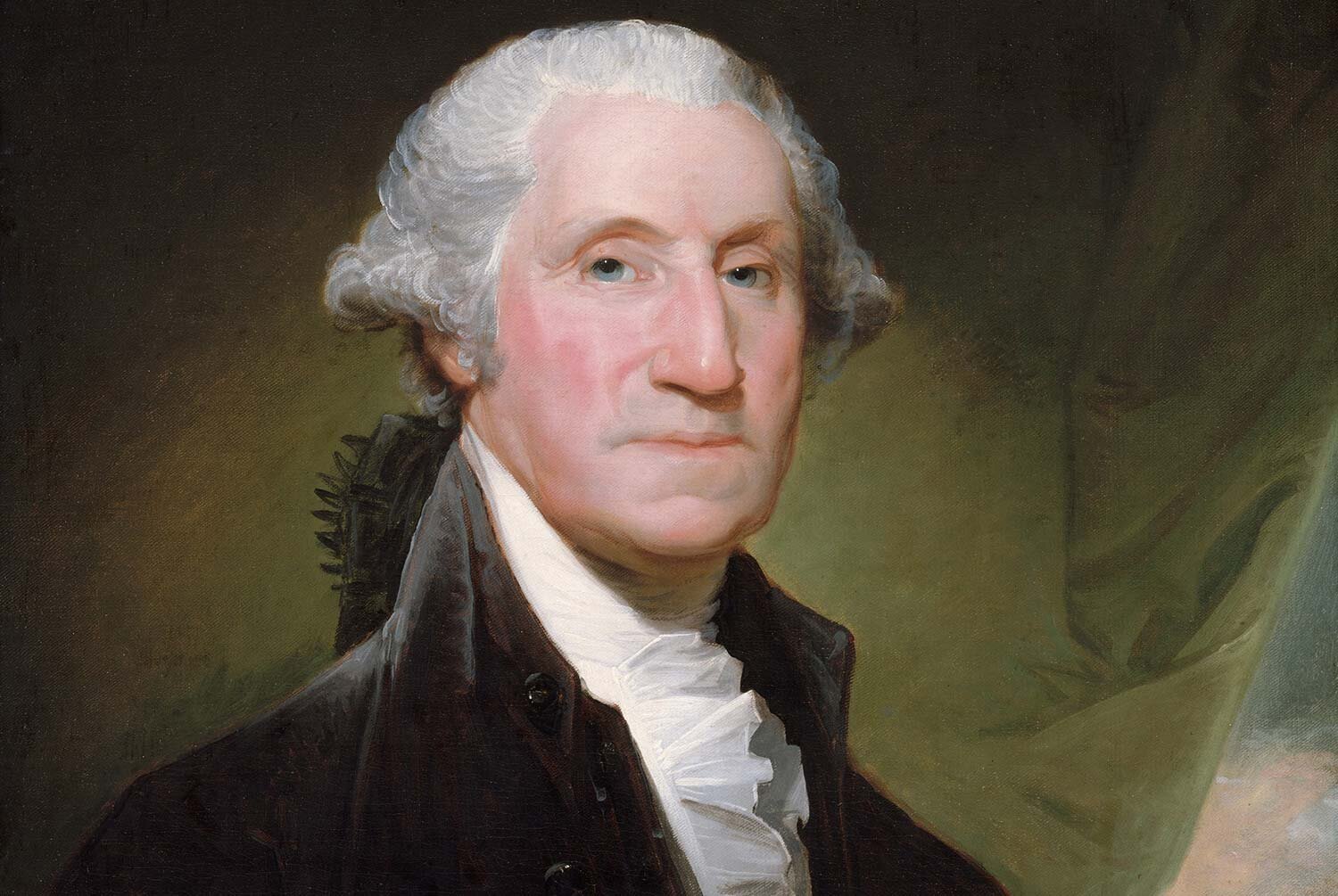

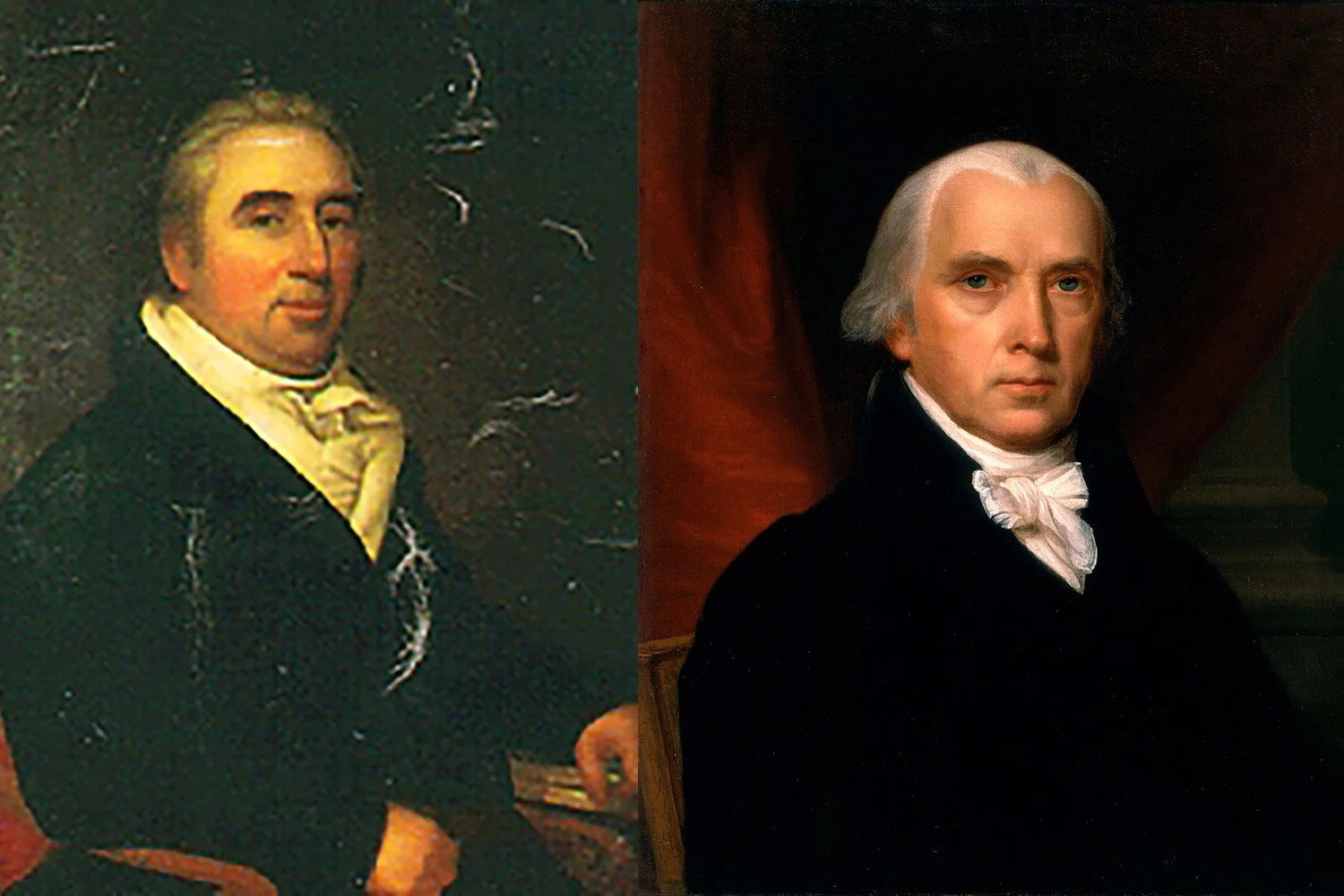
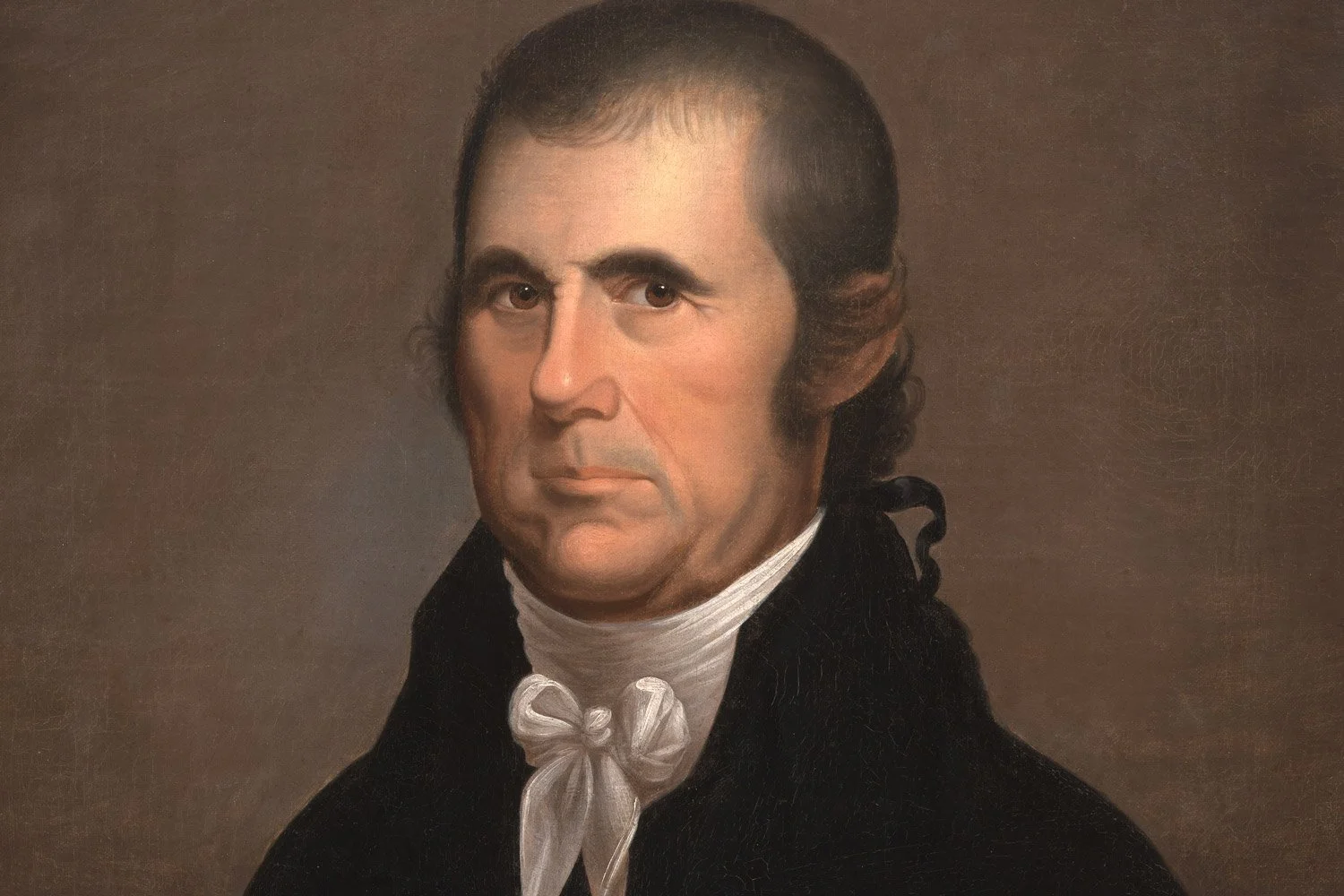
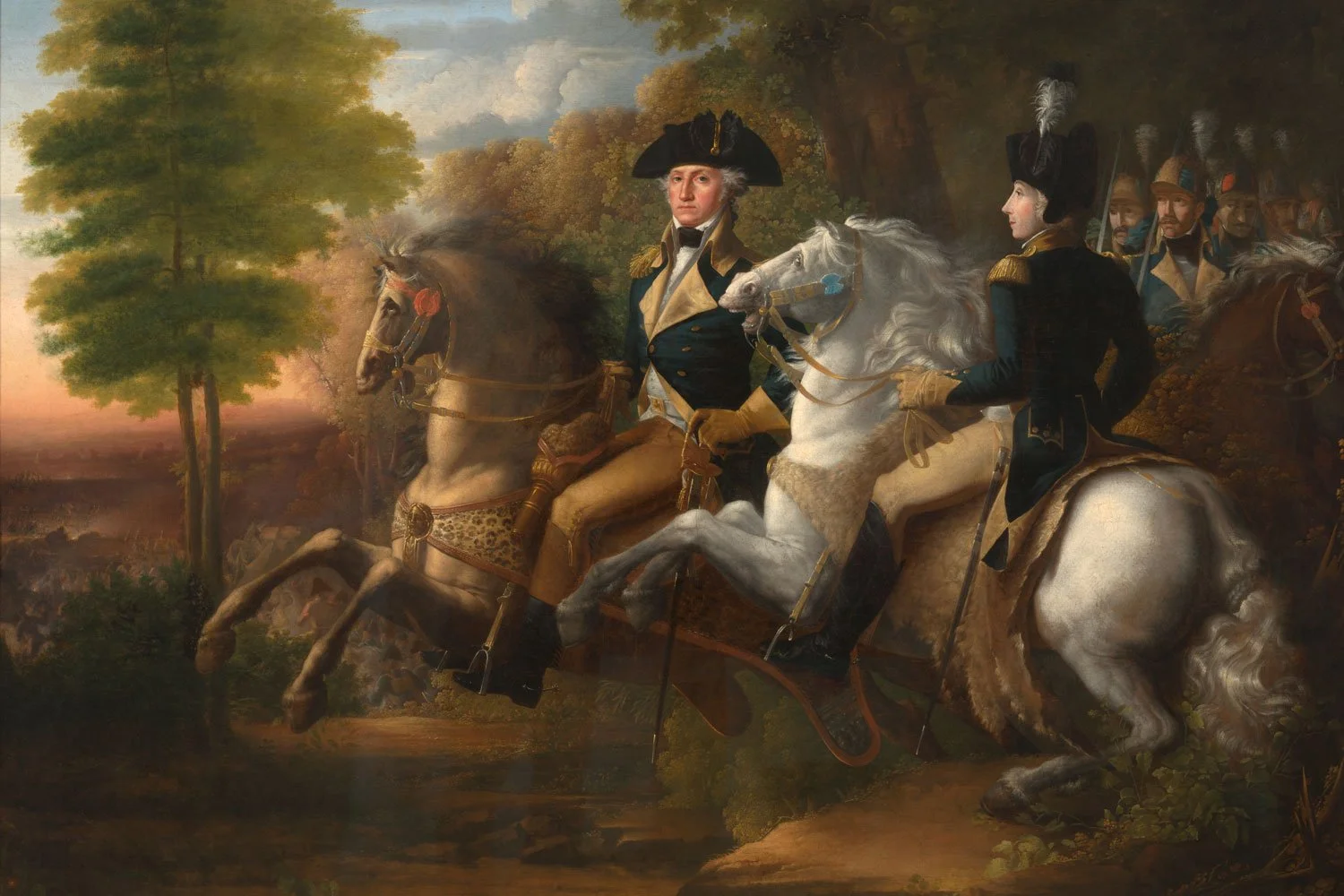
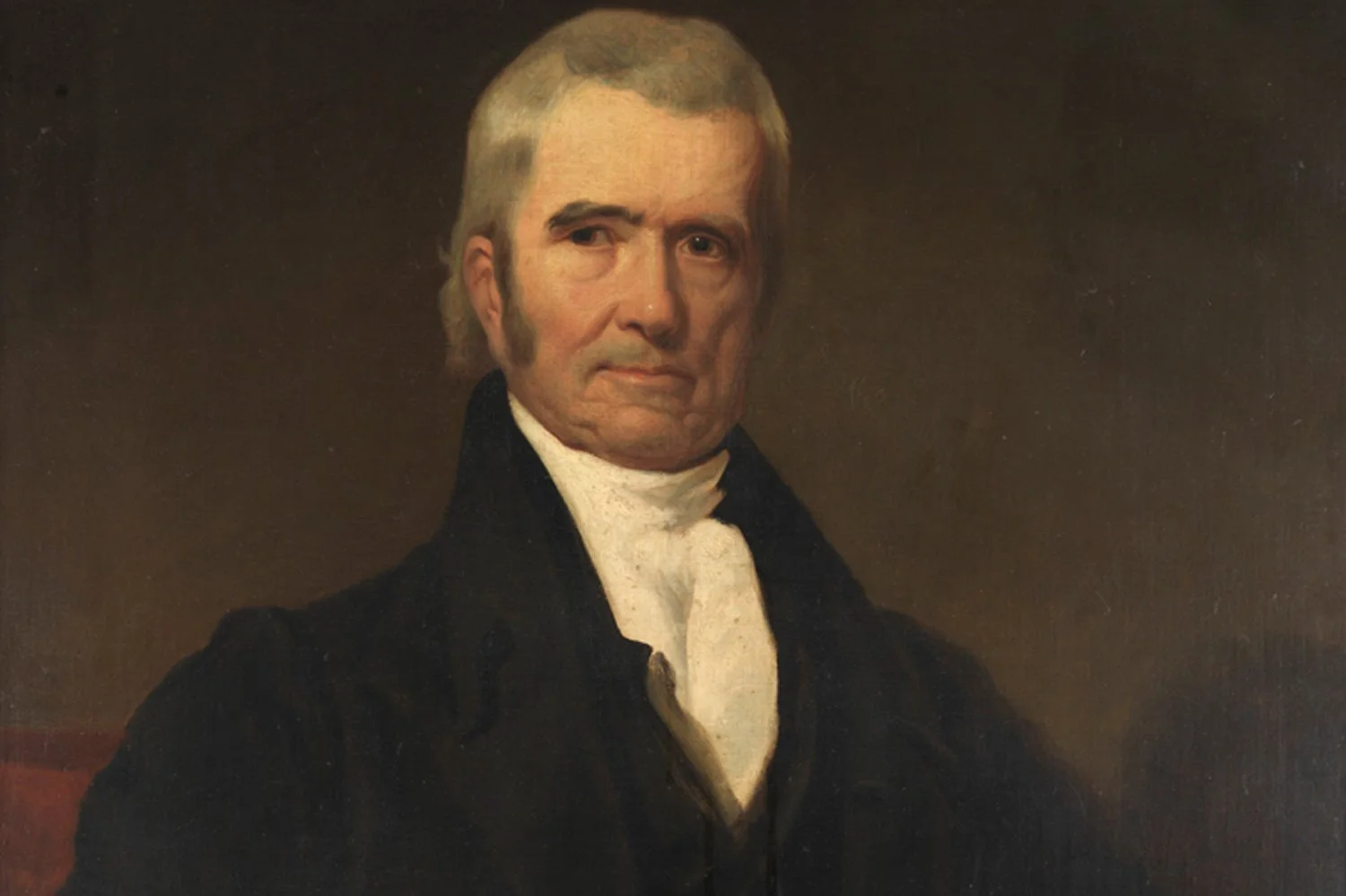


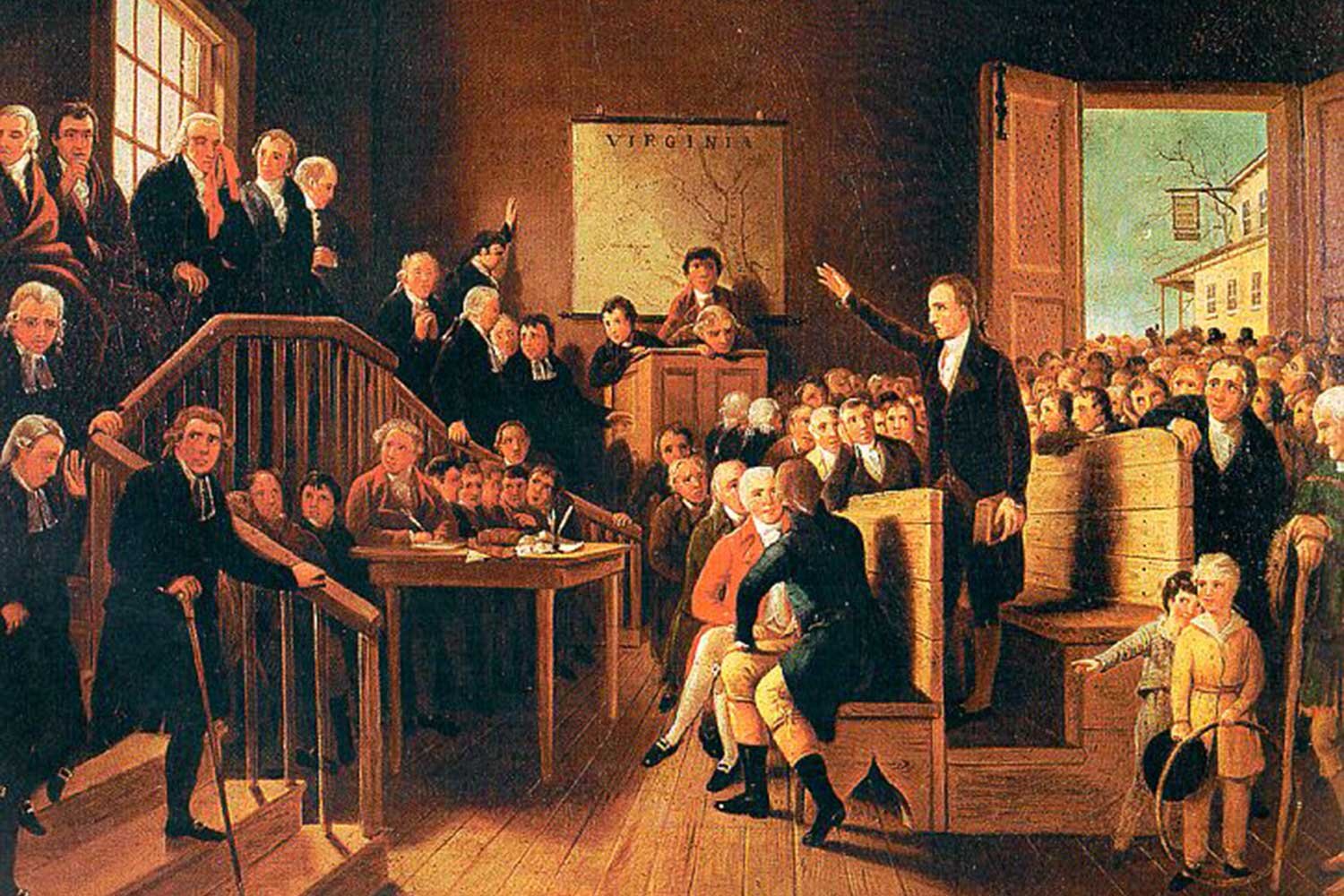


There has been only one instance in our nation’s history of a United States Supreme Court Justice being impeached, and that occurred in 1804 during a significant political tussle over the independence and power of the judiciary. The justice in question was Samuel Chase and his alleged crimes seem trivial in retrospect, but Chase was simply a pawn in an ongoing battle of wills between two American icons, President Thomas Jefferson and Chief Justice John Marshall that took place in the early 1800s. And the decision reached in his case would have a profound impact on the future of the country.